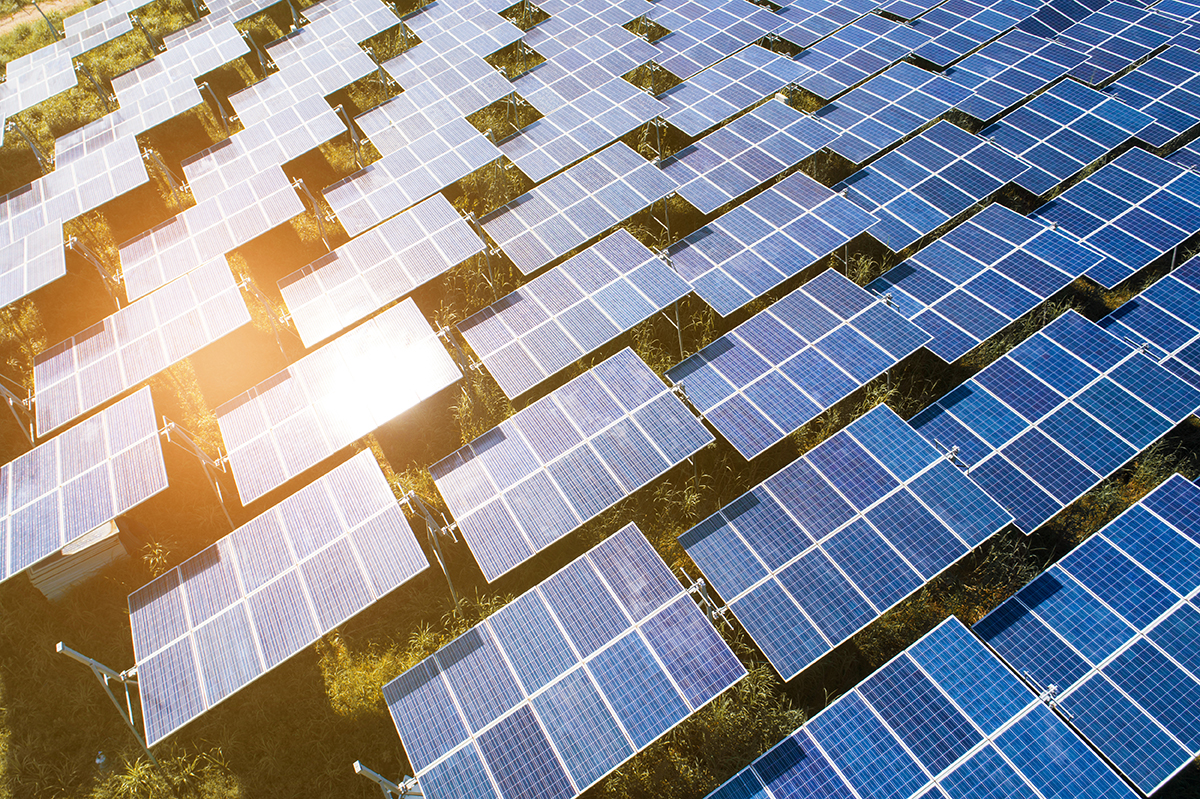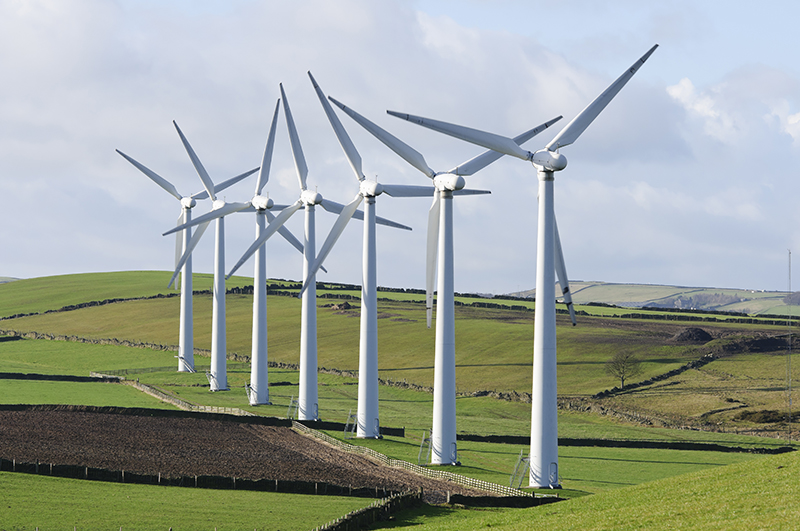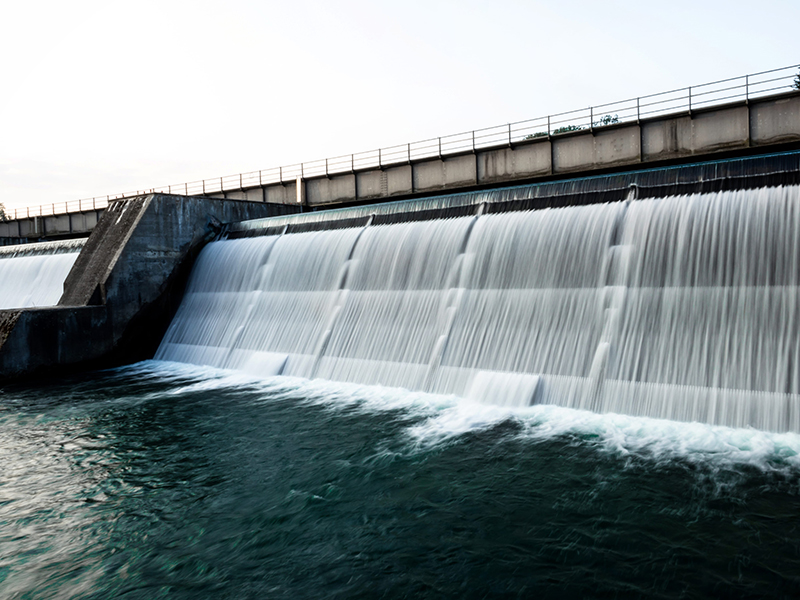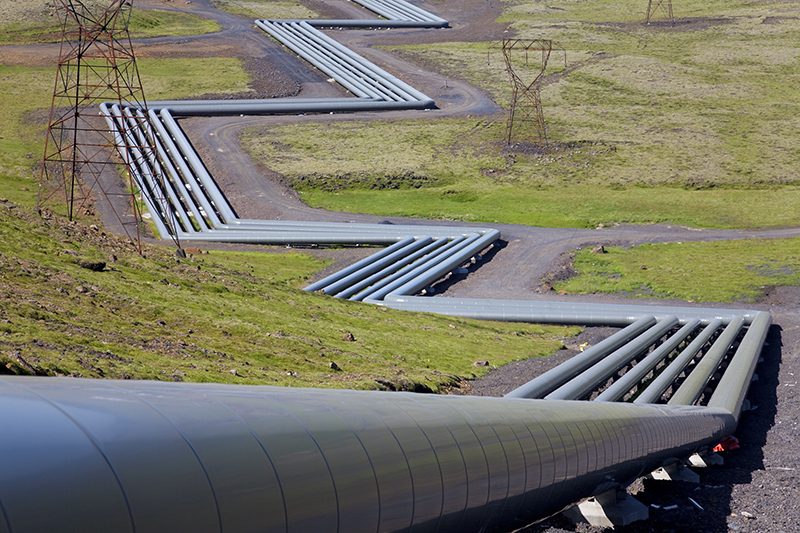Types of Renewable Energy

Published: Tuesday, 25 April 2023
Renewable energy has been the forefront in the globes battle against reducing our carbon footprint. As we look to reduce our carbon emissions and our usage of fossil fuels, our focus in renewable energy advancements has increased. There are a variety of renewable energy’s to choose from and on a global scale, we shouldn’t limit ourselves to just one form of renewable energy. In this article we will be looking at the types of renewable energy that are set to be the leading energy sources in the future.
Why we need renewable energy
Renewable energy is a very important energy source for our future. Compared to fossil fuels (which we are estimated to run out of fossil fuels by 2060 if we continue at our current rate) renewable energy sources aren’t going to run out. Another great thing about renewable energy is they produce little to zero harmful emissions which is great for the worlds focus on reducing the effect of global warming.
Solar Energy
Solar energy is energy generated the sun. It is highly powerful and is usable all year round (even in cloudy weather) however, the effectiveness of solar energy depends on many factors: time of day, time of year and location. The way we generate solar power is by capturing solar energy on solar panels causing a physical and chemical reaction, which is known as the ‘photovoltaic effect.’ Modern solar panels don’t actually require direct sunlight to generate electricity however, bright, sunny days will generate more overall. Solar energy is primarily used to power up your home. To learn more about a solar and battery storage system check out our other article here.
Wind Energy
Wind energy uses the kinetic energy from moving air to generate power. Wind energy is generated when the wind will spin the propeller which in turn will spin a generator and this creates electricity. Like most types of weather, wind can vary in speeds and intensity. Wind turbines are usually set up in what are called win farms and will be set up in a row together. Most farms will be set up either in the countryside or in the sea which offshore wind turbines are extremely popular. Some individuals are against wind turbine farms onshore as they believe it to ruin the natural aesthetic that the countryside offers.

Hydropower
Hydropower (also known as hydroelectric) energy happens when water is moving from higher to lower elevations. This will usually happen in reservoirs and rivers to generate our power. Reservoirs do require stored water whereas river hydropower’s are more natural. Hydropower is great for providing drinking water and water for irrigation. The main issue that people have with large scale hydro dams is that it can have a negative impact on the local wildlife and ecosystems around the area.
Ocean Energy
Currently in the earlier stages of development, ocean energy works similar to hydropower where they use the kinetic energy from waves to generate electricity or heat. As previously stated, ocean energy is a very new technology when it comes to renewable energies however, if done correctly some believe it could be the future of renewable energy.

Bioenergy
Bioenergy comes from compiling different organic material usually called biomass. This can include wood, charcoal and types of manure and is mainly used in heat and power production. Although bioenergy is a renewable energy source, it does come with its drawbacks. This energy does create greenhouse gases albeit less than what fossil fuels create. It is recommended to use bio energy to a much smaller scale as a large bioenergy system requires lots of organic materials which could lead to issues with things like deforestation.
Geothermal
Geothermal absorbs heat from the interior layers of the earth and is extracted using wells from a geothermal reservoir. One of the longest running renewable energy with over 100 years of technological advancements geothermal is a more reliable form of renewable energy in comparison to others.

Advantages
Renewable energy is the future of the globes energy throughout the year. With a focused switch from fossil fuels to these renewable alternatives comes with advantages to help us battle global warming.
- Renewable energy isn’t going anywhere – as previously explained from the types of renewable energy, none of these materials are going anywhere. Although some may require us to be more environmentally conscious (bioenergy and hydropower) we are set for a long future if we switch to renewable methods.
- Renewable energy helps towards cleaner water and air – When using fossil fuels to generate electricity, we send out a lot of gases that are damaging to us. These gasses can circulate into the air and our water supplies and cause health problems such as respiratory and cardiac issues. Renewable energy doesn’t create these gases so through time will reduce the overall pollution of these gases into the air and water making it safer for us to use.
- Lower maintenance requirements – Most renewable technology use few to no moving parts which helps in reducing the overall maintenance costs of these products down drastically. Due to less maintenance constraints, it allows for more renewable technology to be used throughout the day instead of having to be repaired frequently. This is important due to the weather constraints that comes with renewable energy.
Disadvantages
Although renewable energy comes with many positives, it does have some disadvantages that persuade some people that renewable energy sources are only useful as a secondary source of power and that we still need fossil fuel technologies to be our primary source of power.
- Geographical limitations – To have a renewable energy source powerful enough to generate power for an entire region takes up a lot of space, so imagine that at a global scale. People have strong opinions when it comes to renewable technology, and believe it is ruining the landscape of natural areas as most wind and solar farms have to be built in the countryside to fit the demand of power needed.
- Weather dependant – Some renewable energy has certain weather requirements to get the best and most amount of power throughout the day. Solar needs the sun to generate power although can still generate electricity even when it is cloudy and well wind needs… Wind! How much power we generate from these energy sources throughout the year fluctuates, so can be considered unreliable by some and is something that needs to be considered when looking at renewable energies.
- Initial cost – The initial cost to set up energy systems can be extremely high. Although you will likely save money in the long run it is important to note that the upfront cost will be more expensive than traditional energy generators. However, governments have put financial incentives to help deal with the cost of renewable technology.
Renewable energy is set to be the leading power of our energy production in the coming years. Making sure we know what is set to become of our main form of power generation can be vital for us preparing for the future of renewable energy.
We hope you’ve found this article interesting, at YESSS Electrical, we offer a solar PV design service for anyone looking to start their renewable energy journey with solar panels for their home. To learn more, contact your local YESSS branch.
For more information, check out our Renewables Edition 2 Catalogue which you can view online or, by heading to your local YESSS branch and grabbing a copy.

